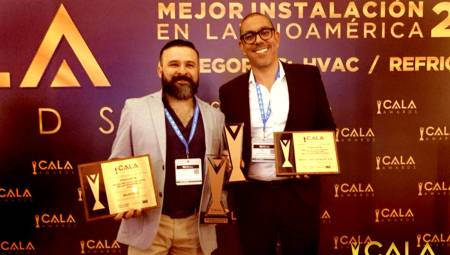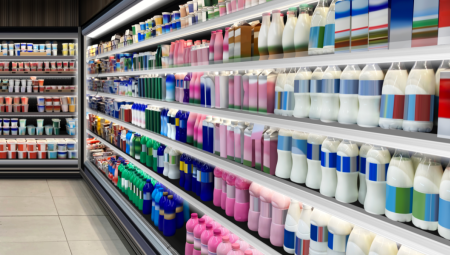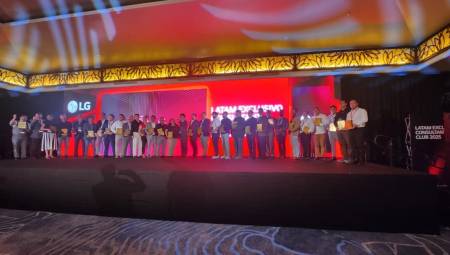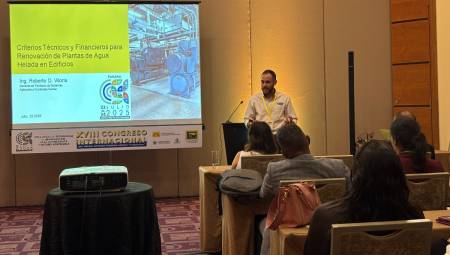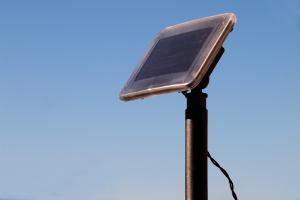 Motivated by the price factor, Latin America continues to advance in the development of refrigeration alternatives for the residential, commercial and industrial fields.
by Alejandra García Vélez
Motivated by the price factor, Latin America continues to advance in the development of refrigeration alternatives for the residential, commercial and industrial fields.
by Alejandra García Vélez
Solar cooling is not something new, for years there has been talk of the possibilities offered by this technology and countless investigations have been carried out in search of achieving an efficient and profitable solution that can be commercialized massively.
However, even today, at a time when the concern for the conservation of the environment and the search for environmentally friendly alternatives is increasing, it is difficult to find companies that bet on the installation of systems that operate under this technology and it is even more complicated to find solar cooling equipment oriented to the domestic market.
This was explained by Eng. Alejandro Gutiérrez Ortíz, an expert interviewed in this edition by ACR LATINOAMÉRICA to talk about the current panorama of solar cooling in Latin America. Gutiérrez serves as Head of Solar Cooling Development at TermiaTec, cell of the Chair of Research, Design and Innovation in Engineering at Tecnológico de Monterrey.
Evolution
It is important to remember that the interest in the development of cooling systems had its peak stage during the energy crisis of the 70's, because then it was recognized for the first time the great benefit offered by these solutions and their contribution to achieve a better index in global energy consumption.
But, most of the processes of optimization and refining of these systems occurred in later decades, punctually between 1970 and 1990, without achieving their massification.
"Current solar cooling systems are in a state of commercial maturity, they have systems that reach the theoretical efficiency levels for the cycle they use, however what has prevented them from having a greater scope and acceptance are their high costs," explained Gutiérrez.
Due to the above, the research that has been carried out in this field during the last 10 years, has had a focus on the development of equipment that is accessible to all types of users.
The interviewee also stressed that the positioning of this type of systems as a viable option is important for its potential use, not only in applications of conditioning spaces in industry and at home, but for its contribution to the storage of vaccines and preservation of food in remote places without connection to the electricity grid.
Operation
To explain the principles that govern the operation of solar cooling systems, it is first necessary to clarify that in reality this term covers different cycles that take advantage of solar heat as their primary energy source, but each of these cycles has a different operation. Gutierrez talked about the two most popular types: by absorption and by adsorption.
Absorption cooling is based on the physico-chemical reactions between a refrigerant and an absorbent; the refrigerant enters an evaporator that contains a gas, hydrogen for example, whose presence lowers the partial pressure of the refrigerant in the system making it possible for it to evaporate, causing it to absorb heat from the environment to cool it.
In addition, in order for this cycle to be repeated, it is necessary to return the refrigerant to its liquid state, for which it is absorbed by a substance that facilitates the separation of both compounds by the heat supplied by a solar collector. Finally, the refrigerant condenses and returns to the liquid state necessary to fulfill its function.
One of the main advantages of absorption systems is that, in general, they have a low or no electricity consumption and to achieve the same cooling capacity, the dimensions of the system are usually smaller than those of one by adsorption, in addition to the heat transfer coefficients are higher.
"With the current absorption technology, you have machines with COP (coefficient of performance) from 0.3 to 1.2, and their capacity depends largely on the working temperature of the solar collectors used," explained Gutiérrez.
The guest pointed out that lithium-water bromide systems can require fluid at temperatures above 100°C, for a COP of 1.2; while lower cost systems, operating at 80°C based on ammonia-water, have POPs between 0.6 and 0.8.
"It is important to note that systems of this type, although less efficient, also require solar collectors that can be up to 50% cheaper than those capable of delivering higher temperatures," said Gutiérrez.
In the case of adsorption cooling, the liquid absorbent is replaced by a solid adsorbent. The difference is that it requires a loading phase and a discharge phase, so its cooling capacity occurs intermittently. This intermittency is solved by making use of several adsorbent chambers, so that one regenerates while another is being used.
According to the information provided by the representative of TermiaTec, for these systems the use of silica-water gel has prevailed in the last three years, and the production has become popular, not only of systems for industrial use, but also of domestic units of one ton of cooling, with COP from 0.2 to 0.6, which are capable of working with collectors from 55 to 95 °C.
"This does not mean that adsorption systems are more convenient than absorption systems for domestic applications, in fact current solutions are still four to five times bulkier and heavier than their absorption counterparts," Gutierrez explained.
Perspectives
Regarding its level of use, the representative of TermiaTec pointed out that in the United States there are about 22 facilities duly documented by AHRI, of which 15 were carried out in the last five years, which speaks of the growing interest in this type of technology.
However, in Latin America the number of projects is much smaller; for example, in the specific case of Mexico, there are less than half a dozen, not counting the experimental facilities of university centers.
Despite the above, the experts interviewed are confident that the region will continue to invest in this field.
In fact, Daniel Núñez Luévano, representative of the company Luant, pointed out that "the application of solar systems for cooling is necessary and very important for Latin American countries, since it would be of great help in places where there is no commercial electrical energy. This implies that in countries like ours, with a high demand, the possibilities of using solar systems for cooling are the best."


